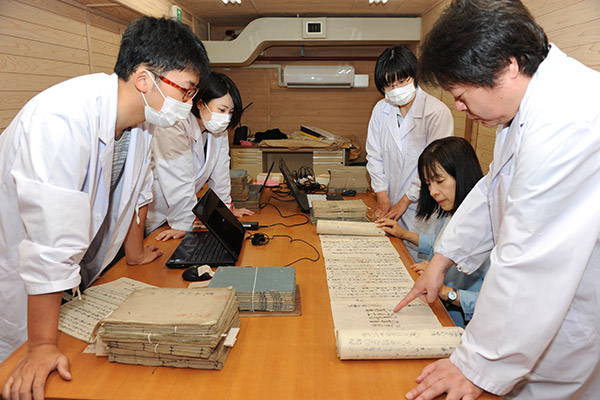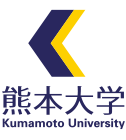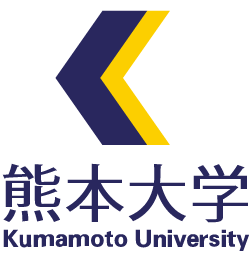
Graduate School of Social and Cultural Sciences of Kumamoto University
Introduction of Activities
One of the most significant features of the Graduate School of Social and Cultural Sciences of Kumamoto University, which participates in the WISE Program, is that the graduate students registered in the program can use the Eisei Bunko Hosokawa Clan documents that are archived at Kumamoto University Library. None of our university’s graduate students currently use the Eisei Bunko Hosokawa Clan documents for the WISE Program, but the records are ready for use by graduate students from other universities registered in the program. We hope that they will make use of the documents in the future.
In FY2020, we registered three graduate students in the program (in Regional Sociology, Cultural Anthropology, and Geography). All of them submitted their master’s thesis and passed the screening. Two (in Regional Sociology and Cultural Anthropology) will proceed to the doctoral program. Due to the global spread of COVID-19 since the end of FY2019, they have had to considerably change their initial research plan; however, they submitted excellent master’s theses after modifying them, such as by changing their research themes and survey targets. One student who did not proceed to the doctoral program had no choice but to leave the course since their family asked them to return to their home country because of the Covid-19 pandemic.
The titles of the master’s thesis of the two students who advanced to the doctoral program and their field research locations are as follows.
The Role of River Fishermen in Sustaining the River Environment: Case studies of river fishermen on the Ohmiyaji River in Amakusa City and the Chikugo River in Fukuoka Prefecture, by Yuan Tianxin
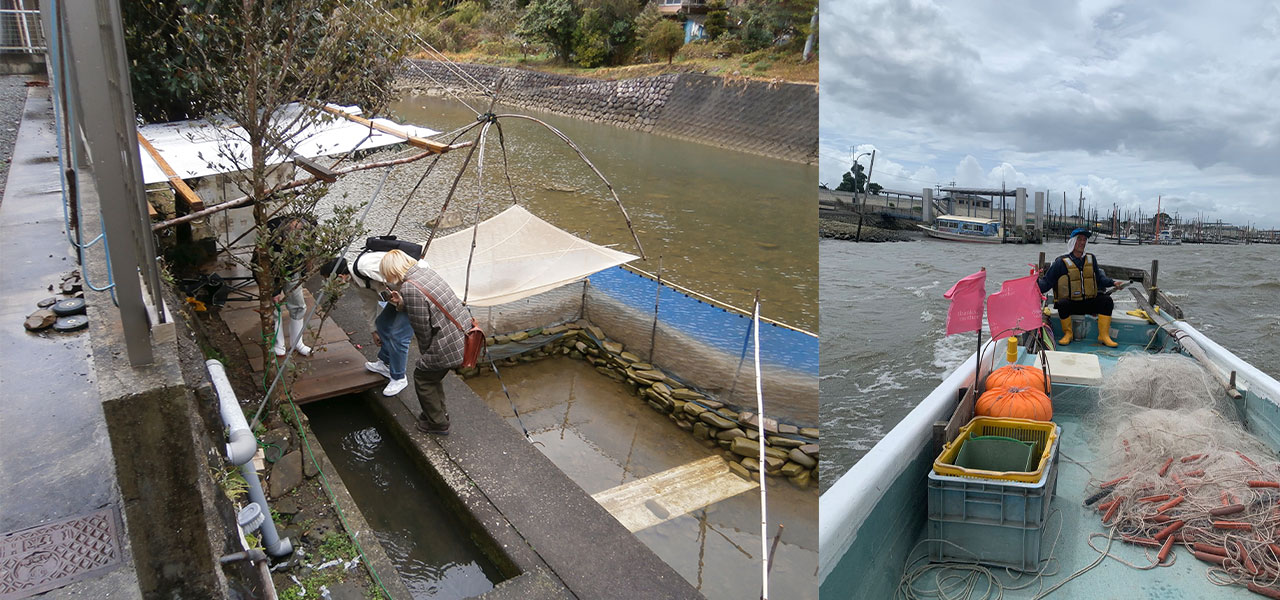
Left: Survey on ice goby fishing
Right: Accompanying Etsu (Japanese grenadier anchovy) fishing
The current situation of hunting in the Southern Kyushu region: Ethnographic study on memorial services for birds and beasts, by Dilliff
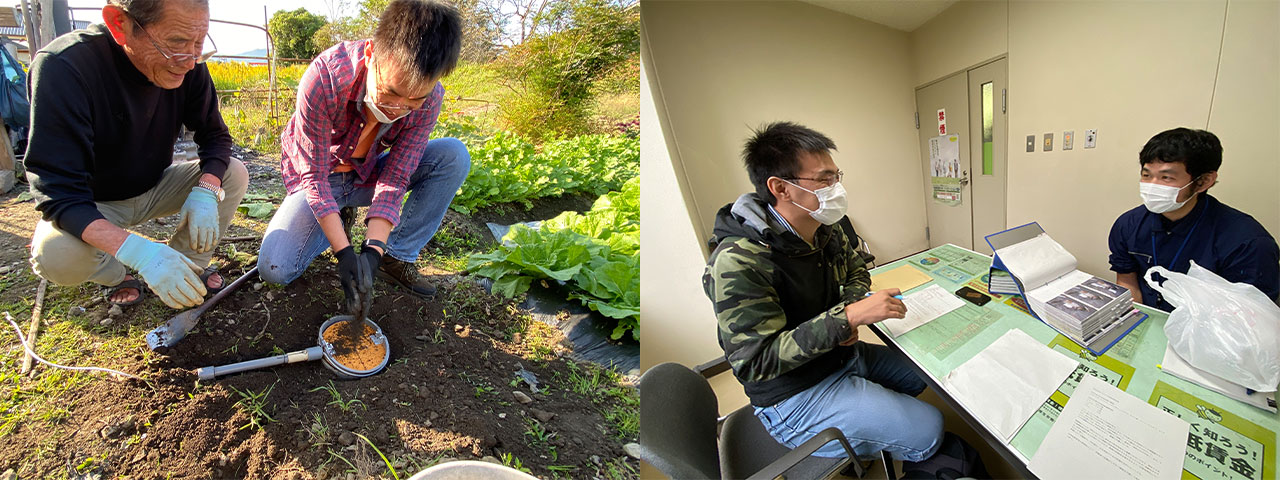
Left: Setting up a hunting trap
Right: Interview with a staff member of the Taragi Town Hall
In FY2021, two graduate students were registered in the program (Folklore and Regional Sociology). Unfortunately, one of them had to take a temporary absence from school due to illness. However, the other has smoothly proceeded with the program courses and is now preparing to write their master’s thesis.
We provide an environment in which students can conduct a preliminary investigation (database search of regional journals in China) before taking part in field research in China, using the WISE Program budget while exploring methods for taking photos of documents and analyzing images (imaging and imaging processing using infrared cameras and 360° cameras).
Overall, we are steadily progressing with the program while struggling to cope with the spread of Covid-19.
In FY2022, three graduate students registered for the WISE program (two in Cultural Anthropology and one in Geography). After having successfully taken the program courses, they are preparing for their master's theses.
Field research overseas had been restricted for some years due to the impact of COVID-19; however, it was resumed in the middle of this academic year. One student who had enrolled in the doctoral program conducted two surveys in Mongolia. The program is undoubtedly progressing.
One international student, who was planning to proceed to the doctoral program, conducted field research in Japan and submitted an excellent master's thesis. However, he was forced to drop out of the program because a family member in his home country fell seriously ill, making it difficult for him to attend school. Another student who enrolled in the doctoral program also had to leave the university due to family circumstances. Nevertheless, another doctoral student and three students participating in the program this academic year have been actively advancing their projects. We describe below the provisional themes of their master's thesis research and their field research target locations.
Anthropological investigations of food habits in the world of Sumo
(e.g., at Ryogoku Kokugikan, Tokyo, Sumo stables) by Arata Teramoto

(Left) Preparation of chanko nabe (a stew‐like dish traditionally served to sumo wrestlers)
(Right): Field research at Ryogoku Kokugikan
Cultural anthropological research on the living conditions of non-Japanese care workers
(e.g., in Asakura City, Fukuoka Prefecture) by Daoran Arifu

(Left) Reflection of the day and interview surveys
(Right) Together with a non-Japanese care worker who took part in our interview survey
Integration of the semiconductor industry in the Kyushu region from the viewpoint of global production network theory
(e.g., at Kumamoto City, Kikuyo Town in Kumamoto Prefecture) by Li Jieyang
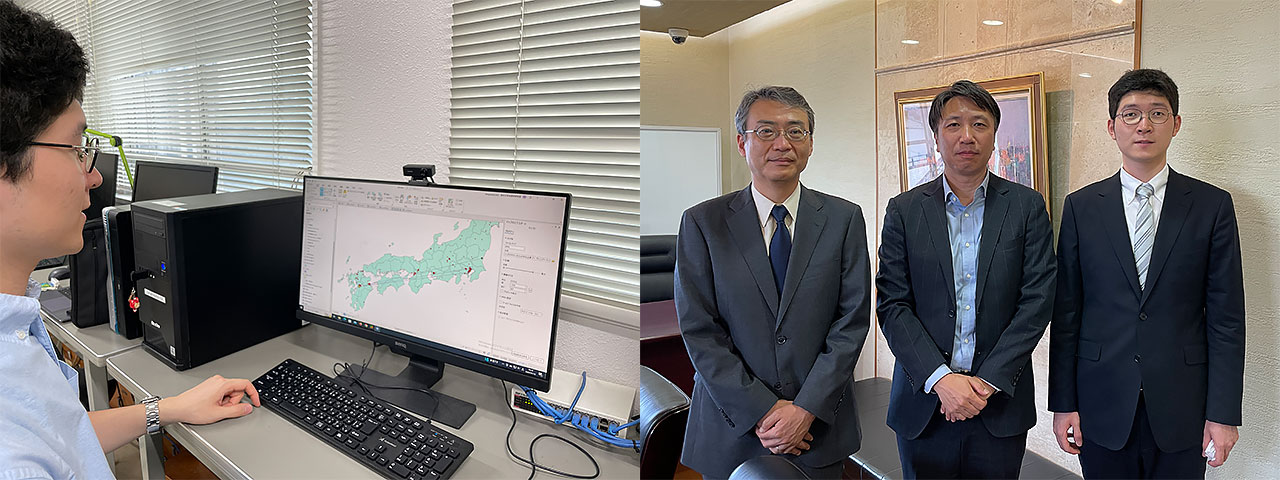
(Left) Creating a map using GIS
(Right) With workers at the company he visited
Research and education using the Eisei Bunko Hosokawa Clan documents
The Kumamoto University Library holds approximately 58,000 historical items and documents that belonged to the Hosokawa Clan, the feudal lords (daimyo) of the Kumamoto Domain in the early modern period who lasted until 1868 as feudal lords. Like other feudal lords’ historical documents, the Hosokawa Clan documents are largely divided into two groups: the personal documents of the feudal ruler (daimyo) (treasures of the Clan) and the historical documents of Domain administration. The documents of the feudal rulers of the Hosokawa Clan, who were from the entourage of the Muromachi Shogunate (1336 - 1573), contain many important items not found in other daimyo clans, who were appointed in the Shokuho Period (1568 - 1600) to the early Edo Period (around 1600 to 1868). Although many of the historical documents of other Domains have been lost, the Hosokawa Clan is one of the few examples that has maintained quite comprehensive materials since the 1620s.
What should be noted about the personal documents of the feudal ruler of the Hosokawa Clan is that many documents were issued by Oda Nobunaga (1534 - 1582). The 59 documents issued by Oda Nobunaga that we still have include only one that is proven to be written by him, but are a real treasure trove. In 2013, 266 medieval documents, including these 59 documents, were nationally designated as an important cultural property of Japan.
We still have a large number of books showing the process of research into Japan’s classical literature, conducted by Fujitaka (Yusai) Hosokawa, an early member of the Hosokawa Clan, who served the Muromachi Shogunate and then became a vassal of Oda Nobunaga, and various materials related to the accomplishments and ancient customs that Fujitaka (Yusai) preserved. These materials are comparable to those that we still have from the families of scholars. The vast number of Chinese books with personal annotations made by Shigetaka Hosokawa, feudal lord at the time of the Horeki Reform, a famous feudal reform in the mid-18th century, convey the daily attitudes of a typical wise monarch. The correspondence between Tadaoki (Sansai) Hosokawa, in the second generation of the Hosokawa Clan, and Tadatoshi, in the third generation, as well as the written vows sealed with blood submitted by vassals in the early modern period, are rare historical materials that give us a great deal of information on the characteristics of the early modern feudal lord families. These documents of the feudal rulers are an irreplaceable resource for studying the political history of medieval and early-modern Japan, Japanese economic history, and its cultural history.
The characteristics of the Hosokawa Clan’s historical documents are: 1) a large number of early Domain political documents up to the 1640s, and 2) the records and historical documents archived by each department within the Domain since the reform of the Domain government in the mid-18th century have been preserved in quantities that allow be systematic analysis. These vast amounts of documents give us the essential facts about the actual situation of the Kumamoto Domain, such as the formulation of draft policies by the local community within the Domain, policy decisions based on those drafts by the Domain office, and the formation of a group of administrative officials who were farmers. The Hosokawa Clan’s historical documents are a rare collection that dispel our preconceived notions about the Edo Period.
In April 2017, Kumamoto University established the Eisei Bunko Research Center as a joint education and research facility on campus (from April 2009 to March 2017, the facility served as a center attached to the Faculty of Letters) . The Center promotes the organization and publication of the Hosokawa Clan’s historical materials, encourages the local culture, and contributes to the maintenance and development of the history and culture of the Kumamoto region. These initiatives are also used in undergraduate and graduate education. In recent years, students and graduate students have participated in the analysis of materials stored in the Eisei Bunko Research Center. This is because we are fostering talented young researchers who have a secure education in the study of historical resources.
By participating in the WISE Program, we hope to develop human resources with even higher research capabilities.
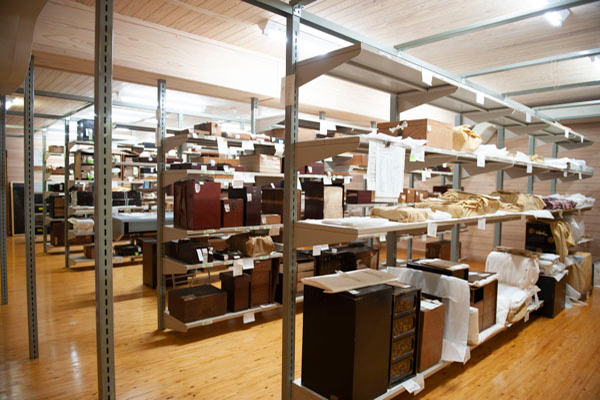
The Hosokawa Clan’s documents from the feudal ruler
